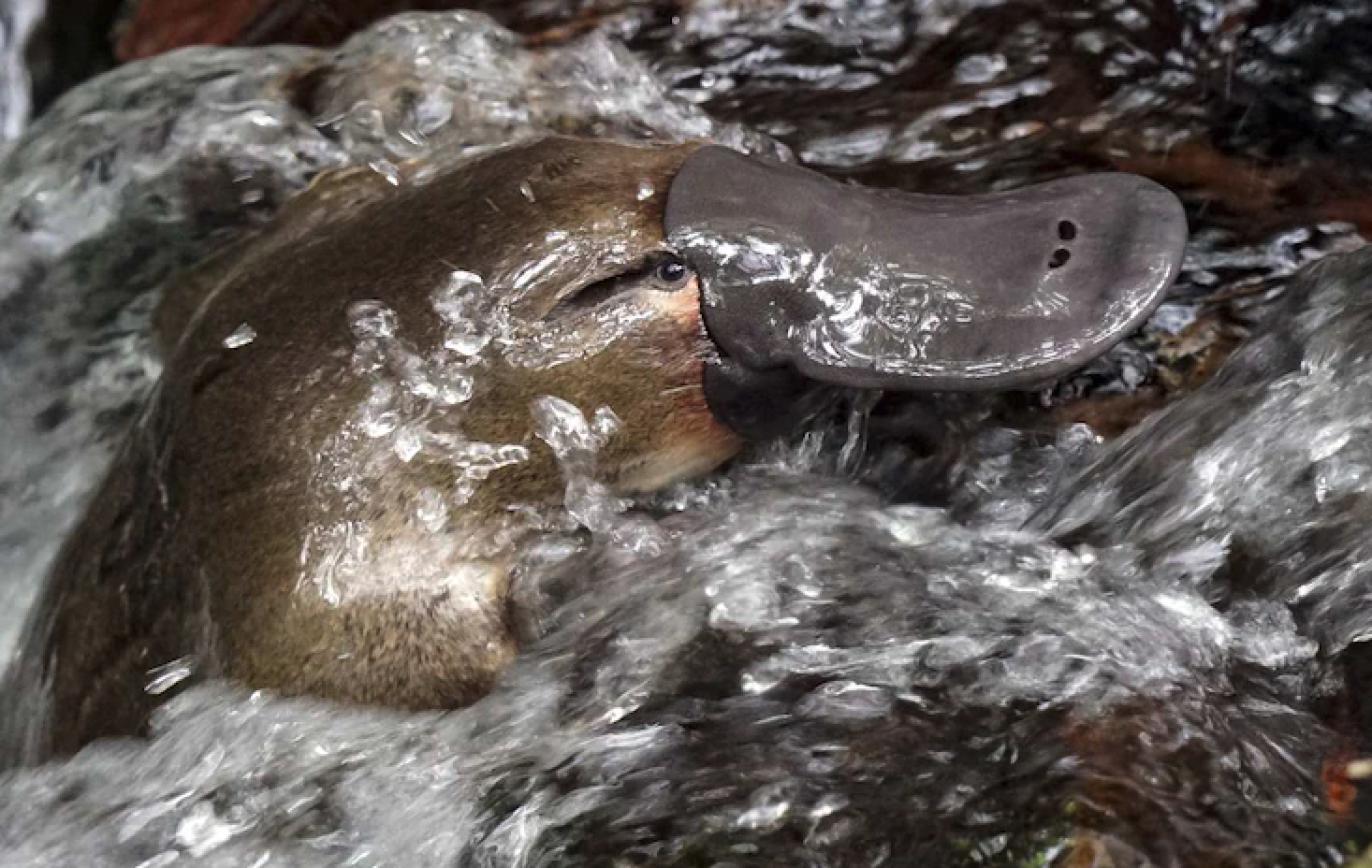Specific measures to protect the platypus population in the River Lett have been included in plans for the Little Hartley to Lithgow (west section) of the Great Western Highway upgrade, following valuable input from the community.
A Review of Environmental Factors and concept design for the west section of the upgrade were put on public display from 23 November last year to 16 January.
Transport for NSW received submissions from 188 stakeholders and issues raised have been compiled into a submissions report, with formal responses provided.
The Submissions Report and Community Consultation Report are now available to the public at nswroads.work/gwhwestconsult.
“The keen interest from the community and their valuable feedback will help us deliver the best possible outcomes from this important infrastructure project,” Transport for NSW Director West Alistair Lunn said.
“The Great Western Highway upgrade will transform the way people travel around and through the Hartley Valley and the Blue Mountains, cutting travel times between Sydney and the Central West, improving safety and future-proofing this vital road corridor.”
Mr Lunn said the need to protect the platypus population in the River Lett was raised consistently in the feedback.
“Following this community input, our ecologists carried out targeted surveys and habitat assessments and were able to observe platypus in the river,” Mr Lunn said.
“Our ecologists have now developed specific measures to minimise impacts to the platypus population. During construction we will minimise work along the riverbanks during both the platypus breeding season and their active night-time hours, and the planned drainage design and water quality measures for the project will also protect their potential habitat.”
Mr Lunn said the preservation of Aboriginal cultural heritage along the upgrade route was raised as a critical issue by the local Aboriginal community.
“We have heard of the importance of Aboriginal cultural heritage along the corridor and particularly around River Lett Hill from the Aboriginal communities in the area,” Mr Lunn said.
“Transport will continue to consult with local Aboriginal knowledge holders through our Procedure for Aboriginal Cultural Heritage Consultation and Investigation, and with the Aboriginal community more broadly, to reach agreement on how the cultural heritage along the corridor, including at this location, can be best protected.
“Several submissions also asked about speed limits and we can confirm the Hartley Valley environment allows us to safely design a road with a speed limit of up to 100 km/h.
“Local travel will be made safer with local traffic largely separated from highway traffic through over and underpasses allowing safer access across the highway and portions of the existing highway retained as local service roads with a slower speed limit of 60 km/h. Locals using the highway will also have safer access through acceleration and deceleration lanes.
“We are investigating speed limits around the Baaners Lane intersection in response to community feedback about dangerous weather conditions and visibility.”
Other common themes raised in the public submissions included rest areas, road safety, visual impacts and the impact of construction noise and vibration.
“We appreciate that the local community would prefer not to see heavy vehicle rest areas provided in the upgrade, however, they are a vital road safety requirement as they provide opportunities for heavy vehicle drivers to rest and avoid fatigue,” Mr Lunn said.
“The rest areas are also seen by emergency services as potential staging points in the event of an emergency.”
The Great Western Highway between Little Hartley and Lithgow is currently a two-way undivided carriageway for a large part of the journey, with one lane in each direction.
Each day about 11,000 locals, commuters, tourists and freight operators travel the highway near Hartley and traffic numbers are expected to keep growing.
The upgrade will reduce congestion and improve safety, travel time and resilience along this key east-west route between Sydney and the Central West.
Together, the Australian and NSW governments are investing more than $4.5 billion towards upgrading the Great Western Highway between Katoomba and Lithgow.
Construction of the Little Hartley to Lithgow upgrade – around 14 kilometres of the Great Western Highway – is expected to start in early 2023.



